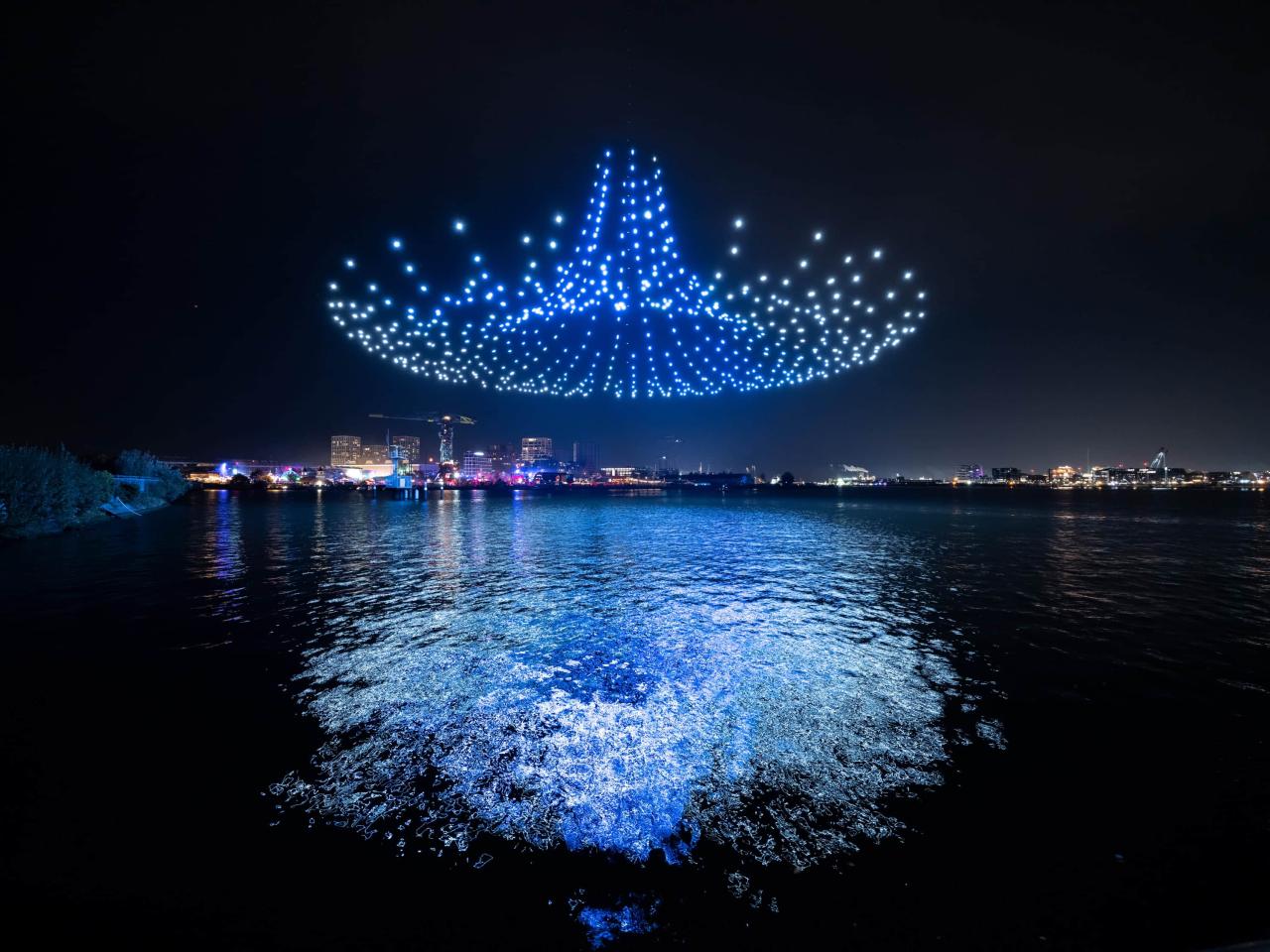Florida Drone Show: Prepare for liftoff into the captivating world of aerial spectacles! This guide delves into the vibrant landscape of Florida’s drone show industry, exploring everything from the intricate permitting processes and diverse show formats to the economic impact and crucial safety considerations. We’ll soar through the technical aspects, showcasing the innovative technology and artistry behind these breathtaking displays, and land gently on the effective marketing strategies that bring these aerial wonders to life.
From understanding FAA regulations and navigating local permit requirements to discovering the most spectacular locations across the Sunshine State, this comprehensive resource offers a bird’s-eye view of Florida’s booming drone show scene. We’ll examine the various types of shows, highlighting their unique characteristics and the logistical challenges involved. We’ll also explore the economic benefits for Florida’s tourism sector and the significant job creation potential within this exciting industry.
Florida Drone Show Regulations and Permits
Operating drone shows in Florida requires navigating a complex web of regulations at both the state and federal levels. Understanding these rules is crucial for ensuring legal compliance and the safe execution of any drone display.
Permitting Process for Drone Shows in Florida
Securing the necessary permits for a drone show in Florida involves several steps. First, operators must obtain FAA approval for commercial drone operations, which includes registering their drones and obtaining a Remote Pilot Certificate. Then, depending on the show’s location and scale, permits from state and local authorities may be required. These often involve demonstrating compliance with airspace restrictions, safety protocols, and environmental regulations.
The specific requirements can vary significantly between counties and municipalities.
FAA Regulations Impacting Commercial Drone Operations in Florida
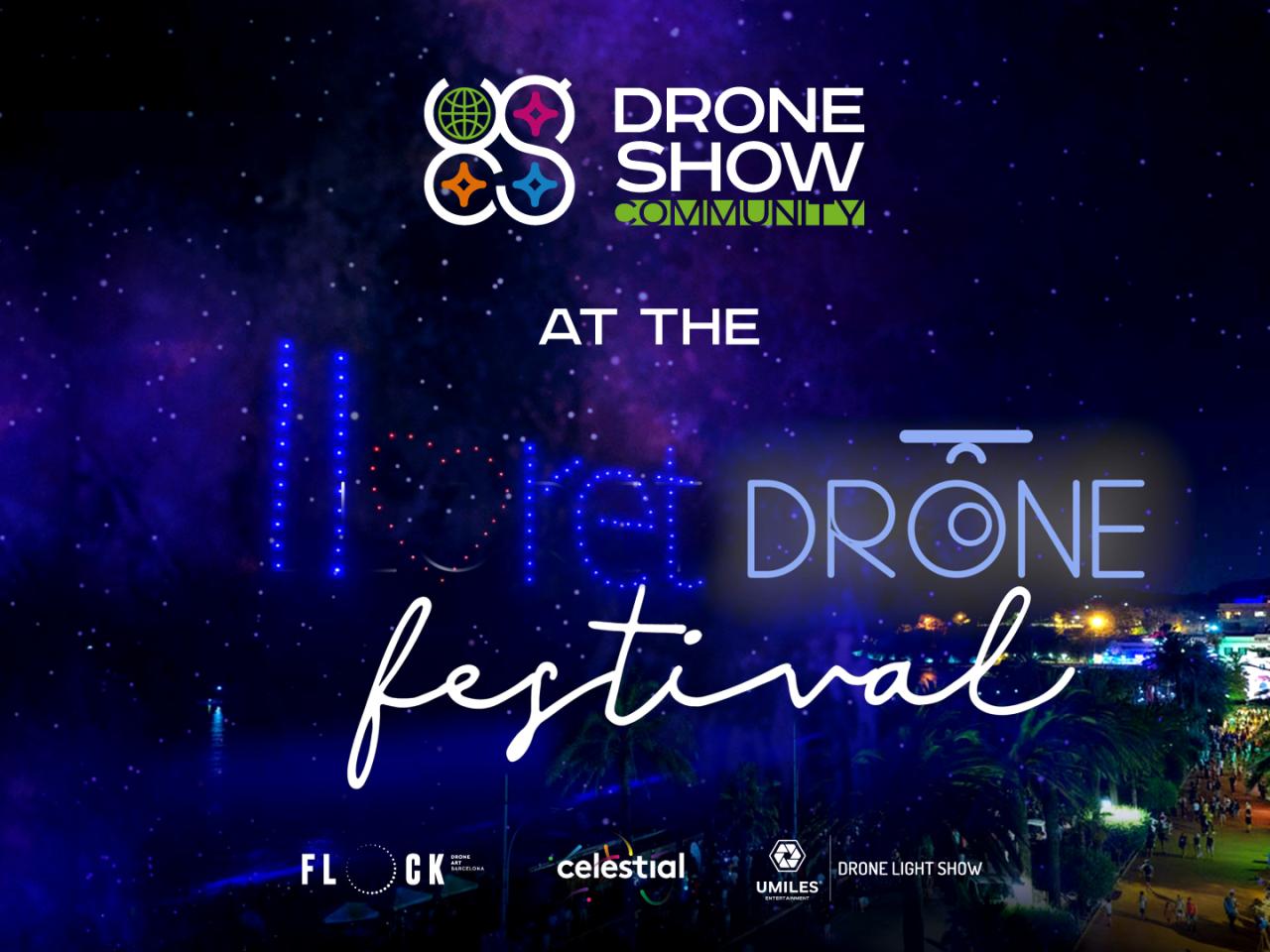
The Federal Aviation Administration (FAA) sets the overarching regulations for commercial drone operations nationwide, including Florida. These regulations cover aspects such as drone registration, pilot certification, operational limitations (e.g., flight altitudes, visual line of sight), and airspace restrictions. Operators must adhere to these regulations regardless of any state or local permits obtained. Failure to comply can result in significant penalties.
Comparison of Permit Requirements Across Different Florida Counties
Permitting requirements for drone shows vary considerably across Florida’s counties. Some counties have streamlined processes with clearly defined requirements, while others may have more stringent rules or less clear guidelines. This inconsistency underscores the importance of researching specific county regulations well in advance of planning a drone show.
Key Differences in Permit Applications Between Various Florida Municipalities
The table below highlights some key differences in permit applications across selected Florida municipalities. It’s crucial to note that this is not an exhaustive list and specific requirements are subject to change.
| Municipality | Application Fee | Processing Time | Specific Requirements |
|---|---|---|---|
| Miami-Dade County | Varies depending on show size and location | 4-6 weeks | Detailed flight plan, insurance, security plan |
| Orlando | $500 – $1000 (estimated) | 2-4 weeks | Noise level restrictions, environmental impact assessment |
| Tampa | Varies | Variable | Requires specific approvals from airport authorities |
| Jacksonville | Varies | Variable | Strict regulations regarding proximity to airports and other infrastructure |
Popular Florida Drone Show Locations
Several locations in Florida offer unique advantages for hosting spectacular drone shows. These locations often combine stunning natural backdrops with ample space and suitable infrastructure.
Five Popular Locations for Drone Shows in Florida
The following five locations represent a diverse range of settings ideal for drone shows, each offering its own unique characteristics and challenges.
- Walt Disney World Resort (Orlando): Known for its large-scale events and advanced technology, Disney World provides a controlled environment and substantial infrastructure for complex drone displays. The existing infrastructure reduces the logistical challenges.
- South Beach (Miami): The iconic beachfront offers a visually striking backdrop, but careful consideration is needed regarding airspace restrictions and the proximity to high-rise buildings.
- Clearwater Beach: This popular tourist destination offers a wide-open space with a beautiful beach setting, but careful planning is necessary to manage potential crowds and ensure safety.
- Everglades National Park: The unique landscape provides a breathtaking backdrop, but permits and environmental impact assessments are essential due to the park’s sensitive ecosystem.
- St. Augustine’s Historic District: Showcasing drones against the backdrop of this historic city provides a unique contrast between modern technology and historical architecture. However, airspace restrictions around the historic buildings must be carefully managed.
Examples of Successful Drone Shows in Various Florida Locations
Several successful drone shows have taken place across Florida, showcasing the diverse possibilities. For instance, a themed show at Disney World featured synchronized drones depicting iconic Disney characters, while a show in South Beach utilized drones to create dynamic light patterns against the city skyline. Clearwater Beach has hosted shows integrating drones with other forms of entertainment.
Environmental Considerations and Potential Impact of Drone Shows on These Locations
Environmental considerations are crucial, especially in sensitive areas like the Everglades. Noise pollution, potential disturbances to wildlife, and the risk of drone malfunctions need careful mitigation. Environmental impact assessments and strict adherence to regulations are essential for minimizing the ecological footprint of drone shows.
Advantages and Disadvantages of Five Popular Drone Show Locations
| Location | Advantages | Disadvantages |
|---|---|---|
| Walt Disney World Resort | Existing infrastructure, controlled environment, large audience potential | High costs, strict regulations |
| South Beach | Iconic backdrop, high visibility | Airspace restrictions, proximity to buildings |
| Clearwater Beach | Wide-open space, beautiful setting | Potential crowd management issues, weather dependency |
| Everglades National Park | Unique backdrop, stunning visuals | Strict environmental regulations, permits, accessibility |
| St. Augustine’s Historic District | Historic backdrop, unique contrast | Airspace restrictions around buildings, potential for damage to historic structures |
Types of Florida Drone Shows
Drone shows in Florida exhibit a variety of formats, catering to diverse audiences and events.
Florida’s drone shows are becoming increasingly popular, offering spectacular nighttime displays. For those seeking a different kind of holiday spectacle, you might check the norad santa tracker phone number for updates on Santa’s location. However, if you prefer a dazzling visual experience closer to home, Florida’s drone shows provide a fantastic alternative, showcasing intricate choreography and vibrant colors.
Different Types of Drone Shows Commonly Seen in Florida
Florida hosts a range of drone shows, from themed spectacles to advertising displays and artistic performances. Themed shows often synchronize drones to create images or narratives relevant to a specific event or holiday. Advertising displays use drones to project logos or messages, while artistic performances focus on creating visually stunning and innovative light patterns.
Florida drone shows are increasingly popular, offering spectacular nighttime displays. However, the recent technical difficulties experienced at a similar event, as highlighted in reports of an orlando drone show malfunction , serve as a reminder of the potential for unforeseen issues. Nevertheless, Florida continues to be a prime location for these impressive aerial performances, with organizers constantly striving for seamless and safe shows.
Technical Requirements and Logistical Challenges of Different Types of Drone Shows
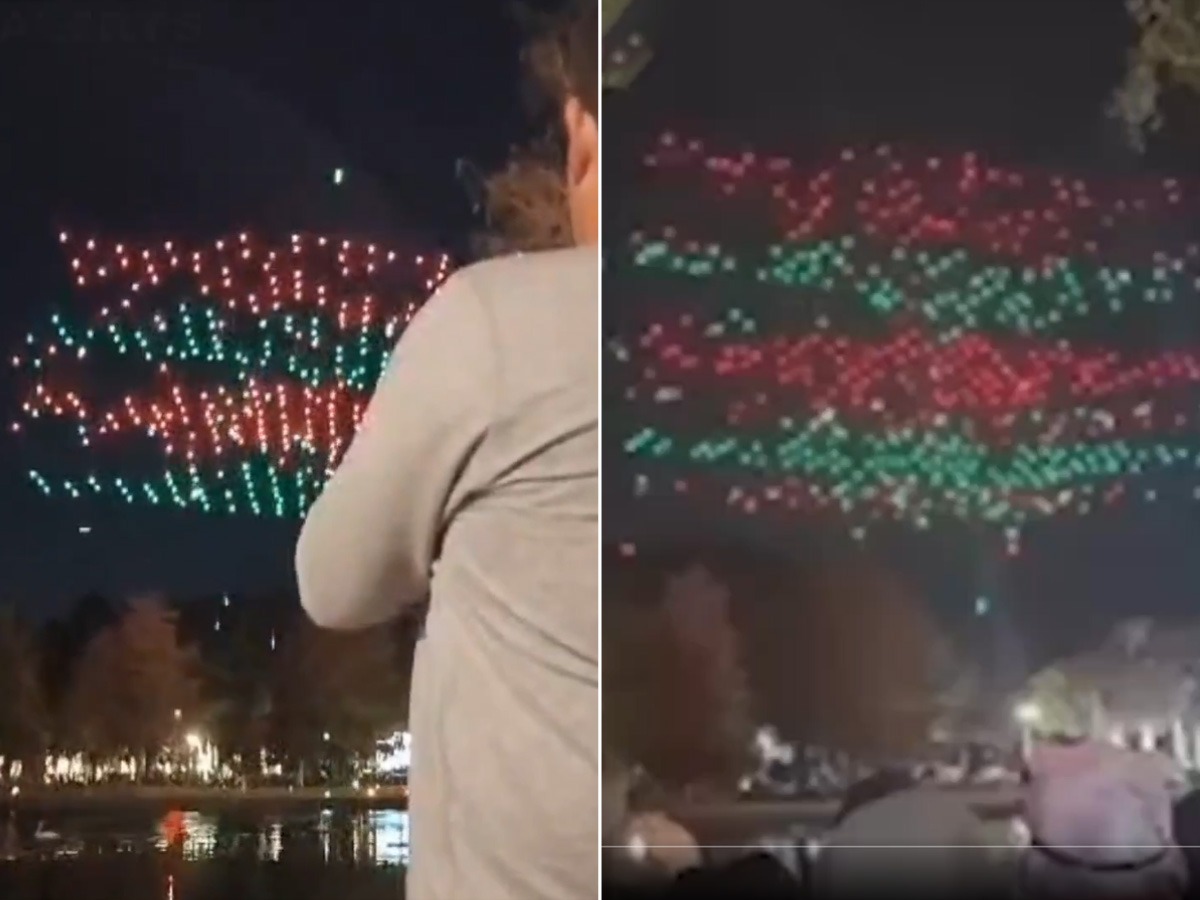
The technical requirements and logistical challenges vary considerably depending on the type of show. Themed shows require intricate choreography and sophisticated software, while advertising displays prioritize clear messaging and visibility. Artistic performances may emphasize innovative light patterns and creative choreography. Logistical challenges include securing necessary permits, managing airspace, ensuring safety, and coordinating with other event elements.
Examples of Innovative or Unique Drone Show Formats Utilized in Florida
Innovative formats include incorporating drones into larger events like concerts or sporting events, creating interactive shows where audience participation influences the display, and using drones to project dynamic visuals onto buildings or other surfaces. Some shows combine drones with other technologies like lasers or pyrotechnics to create multi-sensory experiences.
Hypothetical Drone Show Concept for a Specific Florida Location
A hypothetical drone show in St. Augustine could depict the city’s history through a series of images and narratives projected by the drones. The show could start with images of the city’s founding, progressing through key historical moments, culminating in a celebration of its present-day vibrancy. The technical specifications would involve a large fleet of drones with high-brightness LEDs and sophisticated flight control software.
Audience engagement could be enhanced through a synchronized soundtrack and narration.
Technological Aspects of Florida Drone Shows
The technology behind successful drone shows is complex and constantly evolving.
Types of Drones Typically Used in Florida Drone Shows
Drone shows typically utilize specialized drones designed for aerial displays. These drones often feature high-brightness LEDs, robust flight controllers, and advanced GPS systems for precise positioning and synchronization. They are built for reliability and durability to withstand the demands of frequent flights and outdoor conditions.
Role of Flight Control Software and Synchronization Technologies
Flight control software is crucial for coordinating the movements of numerous drones simultaneously. This software allows for the precise programming of flight paths, light patterns, and formations. Synchronization technologies ensure that all drones operate in perfect harmony, creating seamless and visually stunning displays. Advanced software also includes features for autonomous flight, obstacle avoidance, and real-time monitoring.
Process of Designing and Programming Flight Paths and Light Patterns
Designing and programming a complex drone show involves specialized software and expertise. Choreographers work with software engineers to translate artistic visions into precise flight paths and light patterns. The process involves simulating the show, testing the choreography, and making adjustments to ensure a flawless performance.
Comparison of Specifications of Three Different Drone Models Commonly Used in Professional Drone Shows
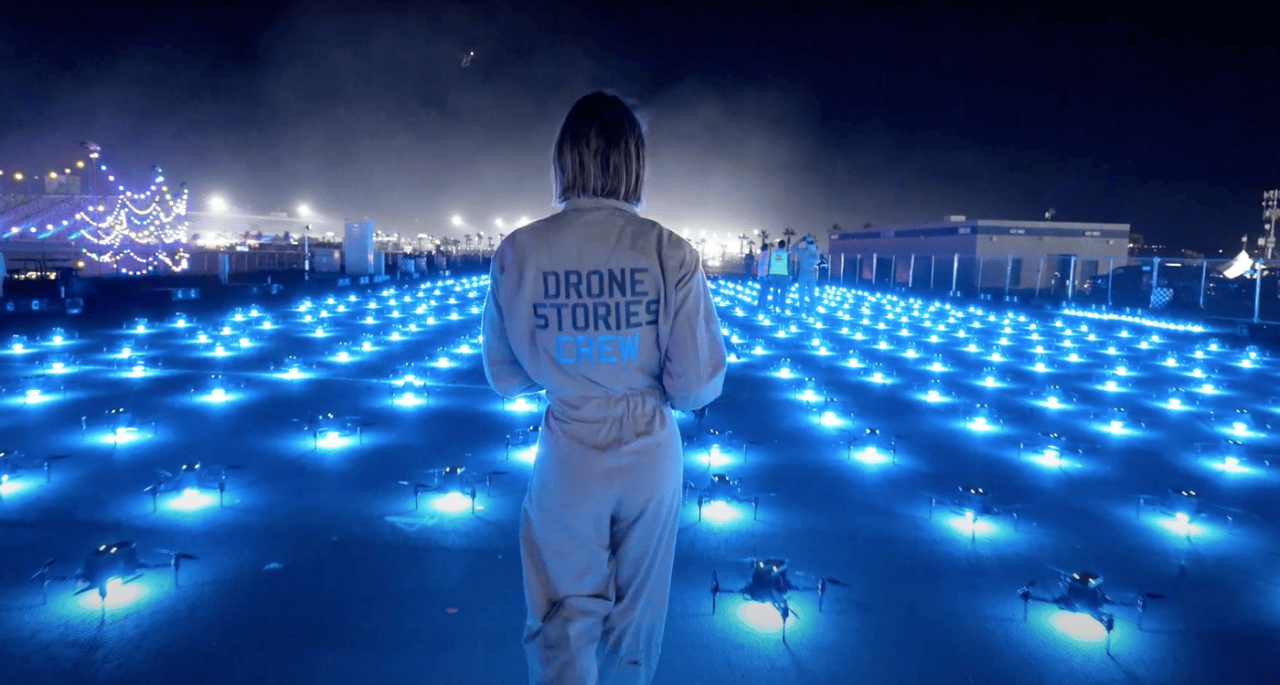
| Drone Model | Payload Capacity | Flight Time | LED Brightness |
|---|---|---|---|
| Model A (Example) | 1 kg | 20 minutes | 1000 lumens |
| Model B (Example) | 0.8 kg | 15 minutes | 800 lumens |
| Model C (Example) | 1.2 kg | 25 minutes | 1200 lumens |
Florida drone shows are becoming increasingly popular, offering spectacular nighttime displays. However, the industry isn’t without its risks; a recent incident highlighted these dangers, as detailed in this report on a florida drone accident. Understanding such occurrences is crucial for ensuring the continued safe and successful operation of Florida drone shows in the future.
Economic Impact of Florida Drone Shows
Drone shows contribute positively to Florida’s economy in several ways.
Economic Benefits of Drone Shows for Florida’s Tourism Industry
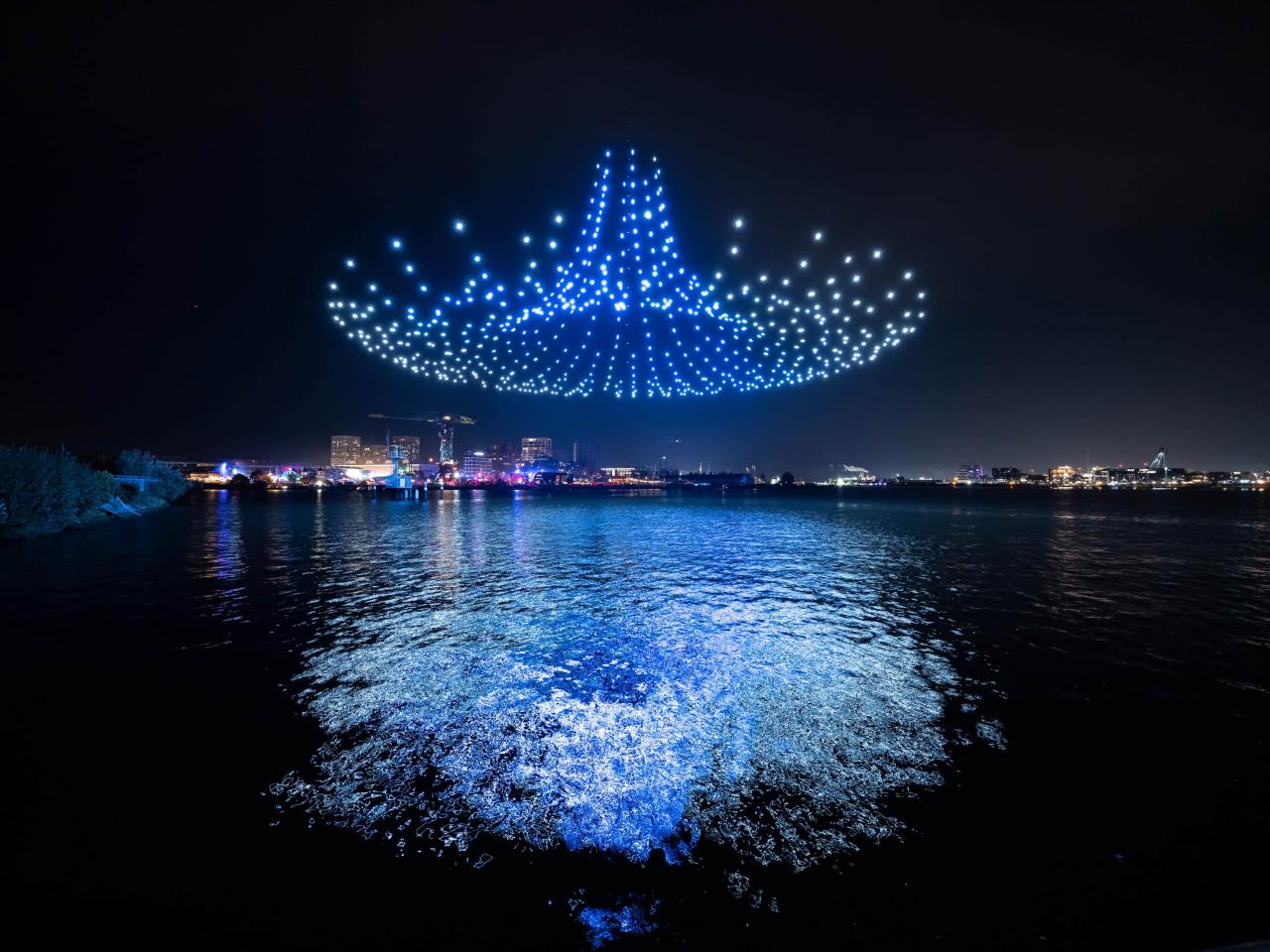
Drone shows attract tourists, boosting local businesses such as hotels, restaurants, and transportation services. They enhance the overall tourist experience, generating revenue and creating a positive image for the state.
Stakeholders Involved in the Drone Show Industry in Florida
The drone show industry involves various stakeholders, including event organizers, drone operators, technology providers, insurance companies, and local authorities. Each plays a crucial role in the successful execution and economic impact of these events.
Examples of Revenue Generated by Drone Shows in Florida
While precise revenue figures for individual drone shows are often proprietary, it’s safe to say that successful shows can generate substantial revenue through ticket sales, sponsorships, and media exposure. Larger events, particularly those integrated into broader tourism packages, can generate significant economic activity.
Potential for Job Creation and Economic Growth Related to the Drone Show Industry in Florida
The drone show industry offers potential for job creation in areas such as drone piloting, software development, event management, and related support services. As the technology advances and the popularity of drone shows grows, this sector is poised for further economic growth.
Safety and Security Considerations for Florida Drone Shows
Prioritizing safety and security is paramount for successful and responsible drone shows.
Potential Safety Hazards Associated with Drone Shows and Mitigation Strategies
Potential hazards include drone malfunctions, collisions, loss of control, and risks to spectators. Mitigation strategies involve using redundant systems, rigorous pre-flight checks, establishing safety zones, and employing trained personnel to monitor the show.
Importance of Obtaining Necessary Permits and Licenses for Drone Shows
Obtaining all necessary permits and licenses is crucial for legal compliance and demonstrates a commitment to safety and responsible operation. These permits ensure that the show complies with airspace regulations and other safety requirements.
Security Measures Required to Protect Drones and Equipment from Theft or Damage
Security measures include employing trained security personnel, using secure storage facilities, implementing tracking systems, and investing in insurance to cover potential losses or damages.
Best Practices for Ensuring the Safety and Security of Both Drone Operators and Spectators at a Florida Drone Show
- Conduct thorough pre-flight inspections of all drones.
- Establish clear safety zones and restrict unauthorized access.
- Employ trained personnel to monitor drone operations and spectator areas.
- Have a comprehensive emergency response plan in place.
- Use redundant systems to mitigate the risk of equipment failure.
- Obtain necessary insurance coverage.
- Communicate clearly with local authorities and relevant stakeholders.
Marketing and Promotion of Florida Drone Shows
Effective marketing is crucial for attracting audiences and ensuring the success of a drone show.
Effective Marketing Strategies for Promoting Drone Shows in Florida, Florida drone show
Strategies include utilizing social media platforms, partnering with local tourism organizations, securing media coverage, and creating visually appealing promotional materials. Targeting specific demographics and leveraging online advertising can also enhance reach and engagement.
Role of Social Media and Other Digital Platforms in Promoting Drone Shows
Social media platforms like Instagram, Facebook, and Twitter are highly effective for showcasing drone show visuals and creating excitement. Digital platforms allow for targeted advertising and reaching potential audiences beyond traditional marketing channels.
Examples of Successful Marketing Campaigns for Drone Shows in Florida
Successful campaigns have used captivating videos and photos to showcase the spectacle of drone shows, highlighting the unique aspects of the location and the artistry of the display. Collaborations with influencers and leveraging user-generated content can amplify the marketing impact.
Sample Marketing Plan for a Hypothetical Drone Show in a Specific Florida Location
A marketing plan for a drone show in St. Augustine could focus on the historical context and the unique juxtaposition of modern technology against the city’s ancient architecture. Social media campaigns could use stunning visuals and videos to capture the essence of the show, emphasizing the historical narrative and the beauty of the location. Partnerships with local businesses and tourism organizations could further amplify the reach and impact of the marketing efforts.
Florida’s drone show industry is a dynamic and rapidly evolving sector, promising breathtaking entertainment and significant economic growth. By understanding the regulatory landscape, embracing technological advancements, and prioritizing safety, Florida can continue to lead the way in creating unforgettable aerial experiences. This guide serves as a foundation for anyone looking to participate in, understand, or simply appreciate the magic of Florida’s drone shows – from organizers and operators to spectators and enthusiasts alike.
FAQ
What is the average cost of a Florida drone show?
The cost varies greatly depending on the show’s scale, duration, complexity, and the number of drones involved. Expect a significant investment, ranging from several thousand to tens of thousands of dollars.
How long does it take to obtain permits for a drone show in Florida?
The processing time for permits varies depending on the location and the complexity of the application. Allow ample time, ideally several weeks or even months, to ensure a smooth approval process.
What are the typical insurance requirements for drone show operators in Florida?
Comprehensive liability insurance is crucial, covering potential damage or injury related to the drone operation. The specific coverage amount will depend on the scale and risk associated with the show.
Are there restrictions on the types of drones that can be used in Florida drone shows?
While not explicitly stated, the FAA regulations and local ordinances often implicitly restrict the types of drones based on size, weight, and operational capabilities. It is essential to comply with all applicable regulations.
